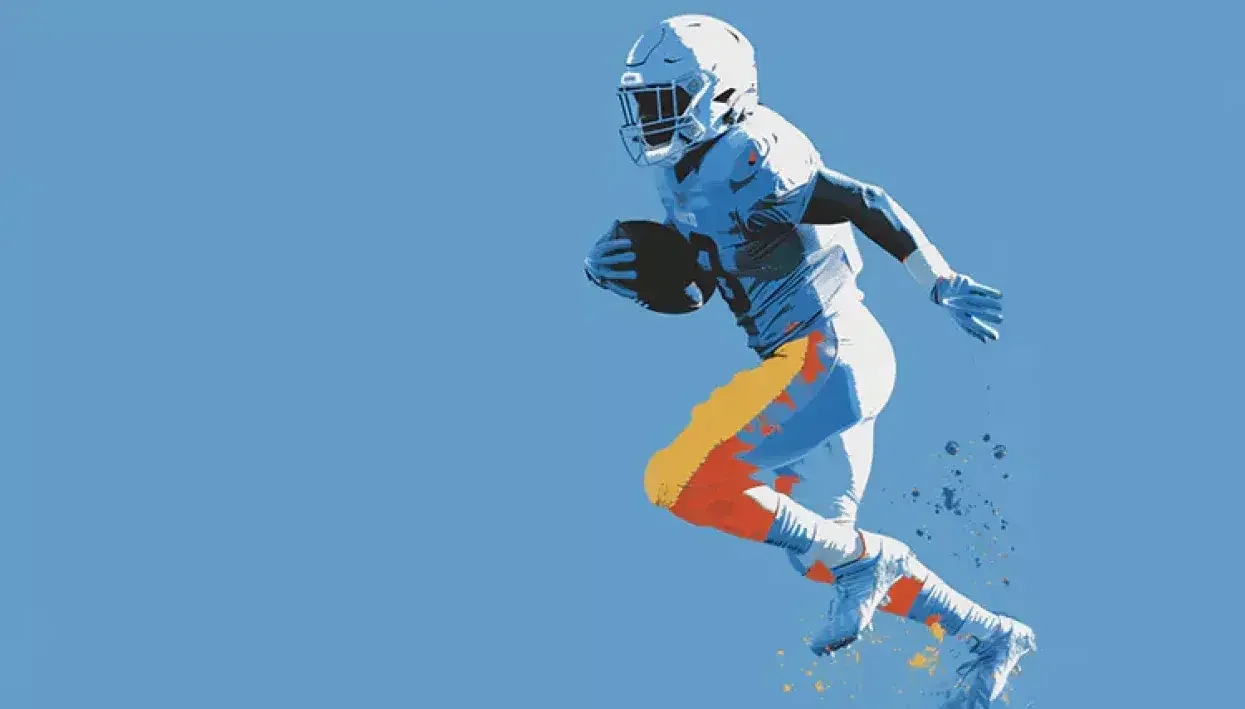AI
Garment Printing
The Midjourney experience: creating AI generated images for print
Author
FESPA Staff
Published Date
27/08/2024
Become a FESPA Member
to Continue Reading
